
It turns out that where a patient gets a diagnosis of HIV affects how quickly he or she gets treatment for the infection.

It turns out that where a patient gets a diagnosis of HIV affects how quickly he or she gets treatment for the infection.
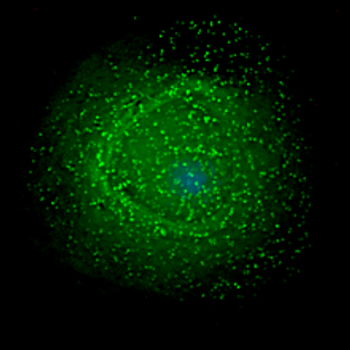
Low-cost interventions can improve compliance with HIV therapy, which is directly linked to viral suppression and reduced transmission to partners.
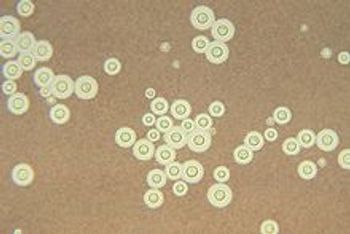
Primary care clinicians take note: here’s a case for routine screening and treatment of early cryptococcal infection, given its prevalence and sequelae in patients with HIV/AIDS.

Immune reconstitution inflammatory syndrome is seen in some HIV-infected patients soon after initiation of antiretroviral therapy. The syndrome can “unmask” dormant opportunistic infections or aggravate existing infections.
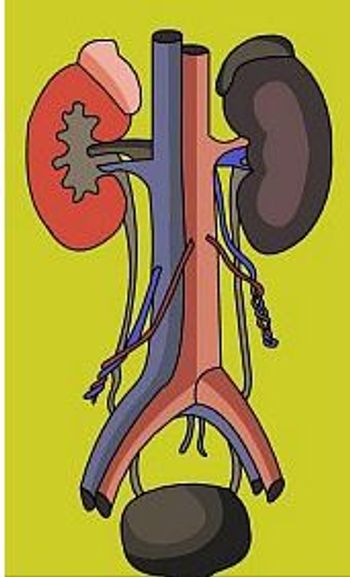
A newly published study examines whether kidney transplant in eligible patients with HIV confers improved survival over renal replacement therapy. Results, here.

Long-term highly-active antiretroviral therapy can be associated with disturbing morphologic and metabolic changes. Nevaripine is added to three HAART regimens in this study to evaluate any mitigating effects.

For patients who remained AIDS-free and untreated 10 years after seroconversion, loss of this status was associated with lower CD4 cell counts and higher HIV RNA load.

Results of a recent study found low BMD was strongly associated with body weight, smoking, and prior advanced HIV disease.

A retrospective chart review among HIV-infected patients treated with ART found use of statin medications associated with a lower risk of cancer.

HIV-infected patients have a 2-fold increased risk for MI vs HIV-negative patients. While many are treated for common risk factors, many of those do not reach clinical targets.


A new study found a high rate of peripheral neuropathy in antiretroviral-naive patients within 3 months after HIV infection.
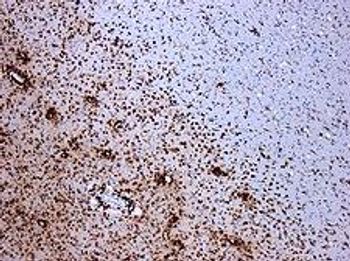
The largest record linkage study to examine an association between the diseases could open inquiry into a protective effect greater than any factor yet observed for development of MS.
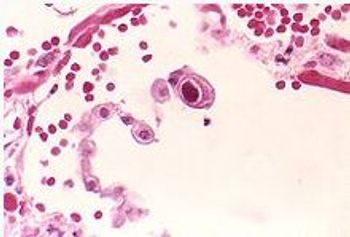
A recent study found that coinfection with cytomegalovirus and HIV was an independent risk factor for cerebrovascular and cardiovascular events.

Antiretroviral therapy has greatly reduced the incidence of non-Hodgkin lymphoma. But, a new study finds the risk is still high even at low levels of HIV infection.

Asymptomatic neurocognitive impairment is common among HIV-infected patients. Can it be used to predict future cognitive decline? New research answers the question.

A recent study examined the improvement in life expectancy associated with CD4+ cell count response and viral suppression status in patients on combination antiretroviral therapy.

With the advent of powerful antiretroviral therapies, rates of pulmonary malignancy have declined in HIV-infected patients. But, say results of a new study, we can’t take malignant causes out of the differential yet.

Chemotherapy-induced peripheral neuropathy affects approximately 40% of adult cancer survivors. But, new evidence-based guidelines on prevention and management of the condition find very few effective therapies.

The increased risk was independent of potential confounders such as fracture history, alcohol abuse, or use of drugs such as corticosteroids.

A recent trial provides encouraging evidence that vaccination against other infectious diseases may provide protection for persons infected with HIV.

Adherence with antiretroviral therapy among HIV-infected women was as low as 50% at the time the first fixed-combination, single-dose tablet was introduced.

A new study investigates the impact of epidemiologic factors on time trends for AIDS-defining and non–AIDS-defining cancers.

The downward trend in incidence parallels increased life expectancy among infected patients stabilized with HAART. However, a new study finds that not all populations are equally affected.

A recent study uses results of advanced coronary vessel imaging to compare the presence and extent of subclinical atherosclerosis in HIV-infected and non-infected men.

Prevention counseling has been shown to reduce sexual risk-taking among HIV-infected patients. A new study shows, however, that very few of the highest-risk patients receive intervention.

Treatment for HIV infection initiated within 3 months of diagnosis can shorten time to viral suppression, a new study finds.

We see survivors of breast cancer in primary care practice every day. Here, 8 guideline recommendations to help you ensure their continued health.

Hepatocellular carcinoma can develop in HIV/HCV-coinfected patients with a previous sustained virological response with interferon-based therapy. Continued surveillance for HCC with ultrasound examinations in patients with cirrhosis who respond to anti-HCV therapy is recommended.

Incomplete adherence with anti-retroviral therapy can be associated with higher levels of residual HIV-1 viremia, according to a new study. Details here.

Published: June 5th 2013 | Updated:

Published: July 2nd 2013 | Updated:

Published: September 5th 2013 | Updated:

Published: September 6th 2013 | Updated:

Published: October 8th 2013 | Updated:

Published: October 8th 2013 | Updated: